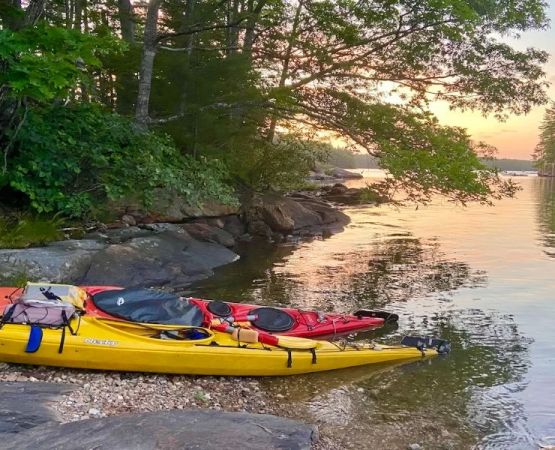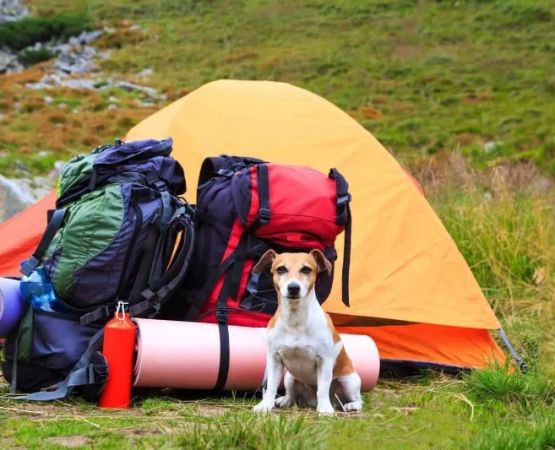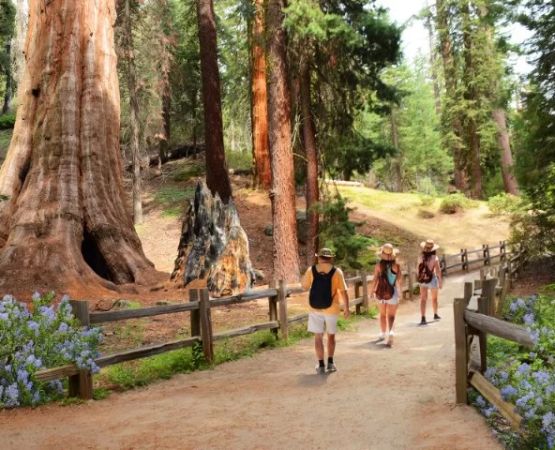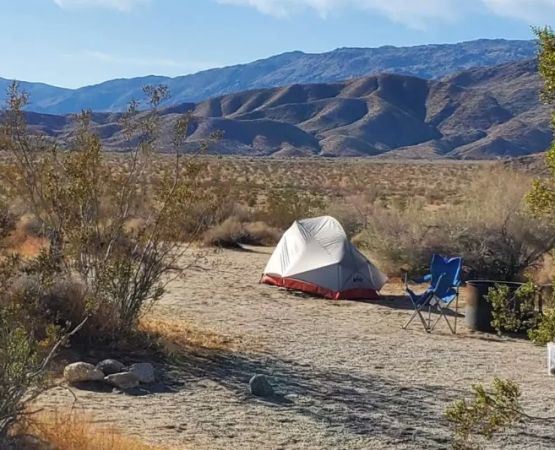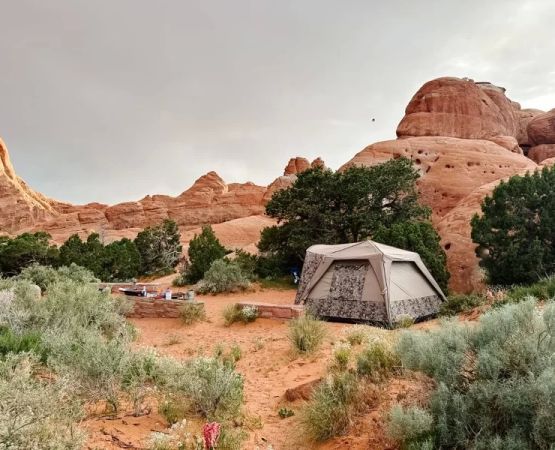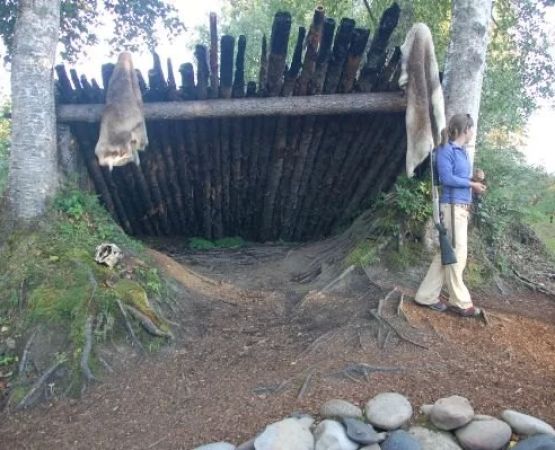- 1 - #choosing-location - Choosing the Perfect Location for Your Photography Workshop
- 2 - #preparation-gear - Preparing Gear for a Successful Photography Camping Trip
- 3 - #planning-schedule - Planning Your Workshop Schedule and Itinerary
- 4 - #lighting-and-composition - Mastering Light and Composition in the Wild
- 5 - #real-experience - Real Experience: How One Group Captured Magic at Pine Cliff Resort
- 6 - #pro-tips - Pro Tips for a Seamless Photography Camping Experience
Choosing the Perfect Location for Your Photography Workshop
Why the setting matters more than you think
When planning how to plan a camping trip for a photography workshop, location is everything. The right site can turn a regular outing into an unforgettable creative retreat. Look for places that combine visual diversity with accessibility — somewhere your group can explore sunrise reflections on a lake, golden light through forest canopies, and dramatic night skies filled with stars. A location like Pine Cliff Resort offers this perfect balance, providing nature’s beauty along with the comforts that make a multi-day workshop more enjoyable.
Balancing beauty and practicality
While remote areas may sound appealing, consider logistics such as campsite amenities, proximity to power sources, and restroom availability. Accessibility for participants carrying heavy camera equipment is also key. A scenic yet manageable location ensures everyone can focus on creativity rather than survival.
Preparing Gear for a Successful Photography Camping Trip
Essential camera and camping equipment
Preparing for a photography workshop means thinking beyond a standard camping checklist. Alongside tents, sleeping bags, and cooking gear, you’ll need tripods, weather-sealed cameras, ND filters, and extra batteries. Since temperatures and humidity can affect electronics, waterproof bags and silica gel packets are must-haves. Bring lens cloths for morning dew and portable chargers or solar panels for extended stays off-grid.
Organizing for efficiency
Photographers often juggle multiple lenses and accessories. Labeling gear and creating a clear packing system saves time in the field. Store batteries in warm pockets during cold nights to preserve charge. For workshops, it’s helpful to have a shared station where participants can clean lenses and back up memory cards — a small detail that keeps everyone focused and productive.
Planning Your Workshop Schedule and Itinerary
Creating a flow that balances education and exploration
A well-planned schedule is the backbone of a successful photography workshop. Structure each day around key lighting windows — early mornings and golden hours — while allowing flexibility for creative discovery. Midday can be reserved for lessons, critiques, or rest. Include enough downtime for participants to enjoy nature and connect with one another.
Example of a three-day itinerary
Day 1 might start with setting up camp, followed by an orientation and sunset shoot. Day 2 can feature a sunrise landscape session, technical training in manual settings, and a nighttime astrophotography experience. On Day 3, plan a relaxed morning shoot followed by group feedback and editing sessions. The goal is to blend education, creativity, and the joy of the outdoors.
Mastering Light and Composition in the Wild
Understanding natural light
Outdoor workshops offer a rare opportunity to study light as it naturally evolves. From the soft pinks of dawn to the dramatic contrasts at dusk, observing how shadows shift helps photographers refine their skills in exposure and composition. Encourage participants to experiment with backlighting, silhouettes, and reflections to capture emotion and depth.
Adapting to the environment
Nature can be unpredictable — clouds roll in, wildlife appears unexpectedly, or fog changes a scene entirely. Rather than resisting these moments, embrace them as storytelling opportunities. Some of the most powerful images come from spontaneous conditions. As instructors often remind students, patience and adaptability are a photographer’s greatest tools.
Real Experience: How One Group Captured Magic at Pine Cliff Resort
A workshop that inspired transformation
Last fall, a group of aspiring photographers gathered at Pine Cliff Resort for a weekend workshop that blended adventure and artistry. Mornings began with misty lake reflections, while evenings ended around the campfire reviewing photos under a canopy of stars. One participant, Jessica, described how the experience shifted her approach: “It wasn’t just about taking pictures — it was about seeing differently. The wilderness taught us to slow down and truly connect with our subjects.”
Learning through shared discovery
Each session encouraged participants to exchange feedback and experiment with new perspectives. Under expert guidance, even beginners captured frame-worthy images. The combination of camaraderie, nature, and mentorship made it more than just a photography class — it became a creative reset for everyone involved.
Pro Tips for a Seamless Photography Camping Experience
1. Scout ahead and plan for weather
Before leading a group, visit the location yourself. Identify photo opportunities, sunrise viewpoints, and safe areas for night shoots. Check weather forecasts, and always have a backup plan for rain or high winds.
2. Foster community and creativity
A great photography workshop is as much about connection as it is about skill. Encourage participants to share techniques, collaborate on shots, and support one another. The best images often come when people feel inspired by the energy around them.
3. Focus on safety and sustainability
Remind participants to respect wildlife and follow Leave No Trace principles. Keeping the natural setting pristine ensures future photographers can enjoy the same beauty. Provide safety briefings on fire use, hydration, and wildlife encounters — especially in forested or mountain regions.
Turning Vision into Adventure
Where inspiration meets the great outdoors
Planning how to plan a camping trip for a photography workshop takes effort, creativity, and attention to detail — but the reward is unforgettable. Whether you’re an instructor guiding others or a solo photographer chasing the perfect light, the right preparation makes all the difference. For breathtaking landscapes, reliable amenities, and the ideal balance of comfort and wilderness, Pine Cliff Resort remains one of the top destinations to host your next outdoor photography adventure.

